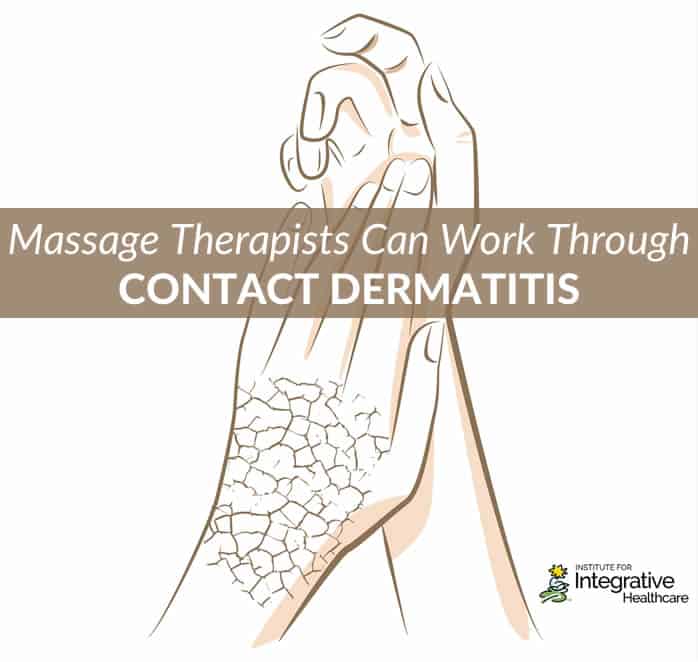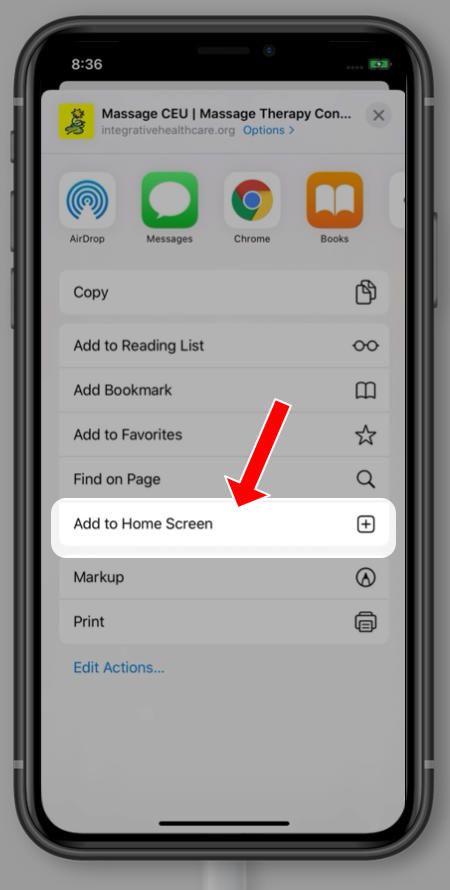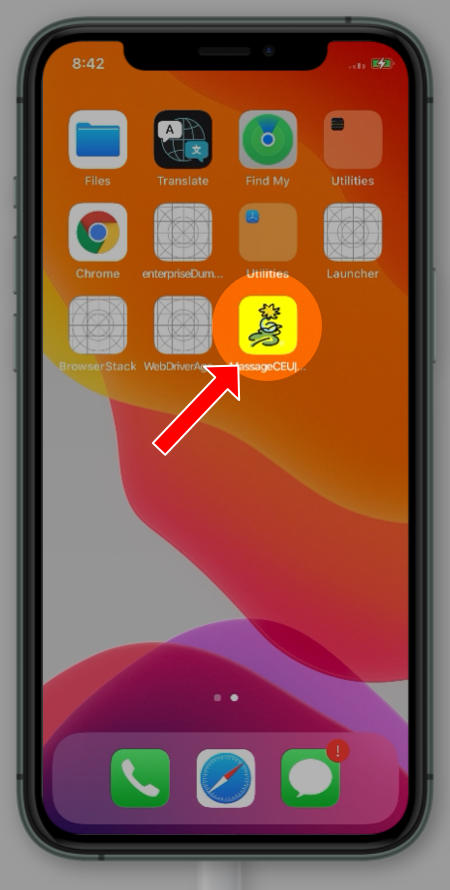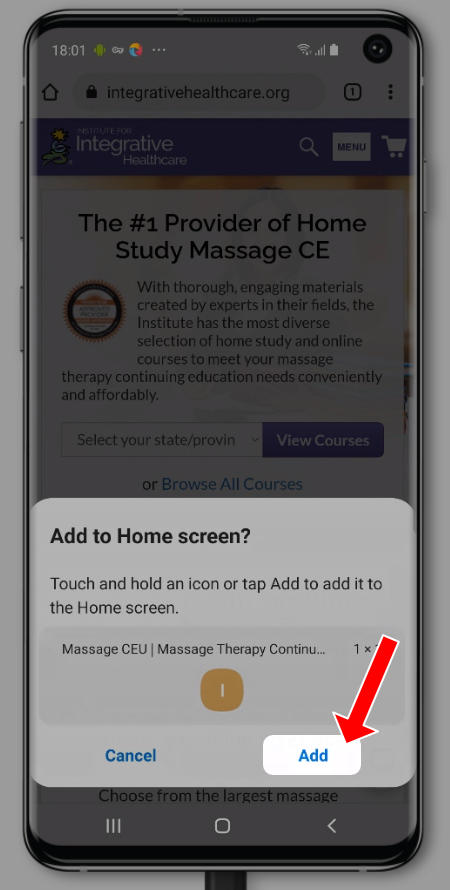

Contact dermatitis is a condition where skin becomes itchy, red and inflamed as a result of an allergic reaction or contact with a foreign substance such as skin care products or other chemicals.
Symptoms of Contact Dermatitis
- dry, scaly and flaky skin
- redness and sores
- oozing or dry blisters
- extreme itching
- burning
- sun sensitivity
- swelling
- cracking due to dryness
Contact dermatitis, while not contagious, is uncomfortable and can be painful, and it often creates a social stigma.
3 Types of Contact Dermatitis
There are three types of contact dermatitis: allergic, irritant and photo-contact dermatitis.
- Allergic contact dermatitis is the result of contact with something that causes an allergic reaction in the body such as nickel jewelry, latex gloves, chemicals in perfumes or cosmetics, or poison oak or ivy.
- Irritant contact dermatitis results from contact with toxic substances which irritate the skin such as battery acid, bleach, oven cleaners, detergents and solvents. A common example for bartenders is lemon which, when combined with constant exposure to water, tends to cause contact dermatitis on the hands.
- Photo-contact dermatitis, while not very common, is the reaction that takes place when the active ingredients in sunscreen are exposed to sunlight.
Treatment & Prevention for Contact Dermatitis
There are several home and over-the-counter remedies for contact dermatitis. Anti-itch creams and lotions such as hydrocortisone creams or calamine lotion can help soothe the itch while protecting the skin. A cool compress from two tablespoons of baking soda mixed in cool water, applied for up to 30 minutes, may also help to stop itching. Above all, do not itch and scratch the already damaged skin, as this will only worsen symptoms. If symptoms are severe, a physician may prescribe a corticosteroid medication cream or ointment to relieve the irritation.
Once the skin is irritated and the rash, blistering or cracked skin is present, it usually takes between two to four weeks for contact dermatitis to clear up. To prevent contact dermatitis, use hypoallergenic and unscented skin and body products to avoid irritants. Avoid latex gloves, especially if you have a latex allergy. Wearing long sleeved pants and shirts when outdoors can help protect you from allergens and scratches. Avoid pets if you tend to get contact dermatitis as their fur can carry irritants and allergens, and pet dander may actually be the allergen causing your irritation. Also, keeping skin moisturized helps stop it from drying out and cracking, making it more prone to further irritation.
Massage & Contact Dermatitis
As massage therapists it is our job to be touching others, and we often have our hands in several products a day. It can be difficult to avoid contact dermatitis. If it is on our hands and arms, it may turn off our clients. Keeping skin clean and well moisturized while avoiding scented laundry detergent, cleaners and personal body care products as well as strong chemicals will go a long way toward avoiding this condition, but sometimes it may be the lotions and creams in the massage room that cause it. It may be necessary to do a “patch test” with the products we use daily in the treatment room to determine if they are in fact causing the dermatitis.
There are a couple of options for working if you have contact dermatitis on your hands, especially if it is on the palms, fingers or thumb area and cannot be avoided. Skin with contact dermatitis is already damaged and susceptible to picking up, and passing on, infectious conditions to and from the client. If it is only on a small area, finger cots may be enough to cover the affected finger. If it is on the back of your hand or forearms, you may be able to avoid using the affected area to contact the client’s skin.
If the palms or large areas of the hands are affected, wear gloves – vinyl gloves! Latex will not hold up with the use of oils and may further irritate the skin. Powder on your hands before putting on the gloves may prevent the gloves from making the condition worse. Immediately after the massage, wash and dry hand thoroughly and, when you are finished for the day, apply a light, hypoallergenic lotion or cream.
Another option is the use of a massage cloth – a large square of satin material that is often used in chair massage. The massage cloth allows for the therapist to work through clothing while providing the glide and feel of a regular massage done with oil. The therapist with contact dermatitis could use this to prevent touching the skin at all or avoid wearing gloves, further irritating their own condition.












I have a couple of recommendations as my skin is more sensitive than a mimosa and my test for whether clients may react to a medium is pretty much “can I use it”? Ecos brand laundry detergent has been a good choice; you need to use something that is labeled “free and clear” which is the usual industry term for no perfumes or dyes. For table work, Sacred Earth is one line of massage media that so far has not bothered me or anyone. Food grade coconut oil is another good choice (the fractionated coconut oil that is sometimes sold to the trade as non-solidifying is OK but not as effective for me). Coconut oil actually seems to speed healing of cracks and skin rashes.
For badly rashy or cracked hands, try anointing with liquid lanolin (natural food stores often have this) unless of course you have a wool allergy, and bandaging overnight.
In the case of a contact allergy, sometimes (not always) OTC Benadryl cream is also a good choice to bandage on overnight. And whatever you do, stay away from petroleum based lotions (like Vaseline or Nivea and yes, Eucerin) and from commercial soaps. Especially the ones in public restrooms. They all make my hands break out in flames and several of my clients have the same experience. Plain castile or French type olive oil soaps — Dr. Bronners and similar, or South-of-France brand and its knockoffs — are good to have in your hand soap pump.
I would also suggest talking to the client about what it is, the precautions you are taking, and then giving the client A CHOICE of whether they want the treatment or not.
Or offer another modality such as Thai massage which is done with the client clothed.
They need to be empowered and feel comfortable.
Same goes for if you are sick/ getting over being sick. I remember in massage school a classmate working on me while under the weather. I could feel her attention was not with me and could never relax. Was great to experience this early on so I never inflicted it on a client.
I wanted to share my personal experience on this. I have been a massage therapist for 17 years now. At the end of year 1 or 2, I developed contact dermatitis. I went to my doc and it was determined that my massage gel was causing the issue. On the advice of a more experienced therapist, I switched to a food grade oil from the health food store. Almond oil, then safflower. I have NEVER had contact dermatitis again EVER. If you are having trouble, try either of these oils. It may save your career (and arms!).
I think a giant part of ways therapists get contact dermatitis was completely missed here?!?! It’s not just what you put on your hands and arms it is also what the clients are putting on their skin I suffer from a formaldehyde allergy and its literally in everything…. I have to use special lotion, special hand soap/dish soap,shouldnt use paper towels can’t do any kind of enhancements except aromatherapy but only if my hands aren’t too irritated, all this plus everything I use at home has to be formaldehyde free… but the worst part is none of that matter cus some day….I don’t know when or who or even how many but one day soon there will be that client/s who comes in covered in irritants and then it’s another 3-4 weeks of hell fighting it to go away but before i even get to that point here comes another new client and it starts all over …..I hate to say but this article was not helpful at all, was a waste of time to read and thanks for all the copy and pasting if you are someone who truly suffers to great extremes from chemical allergies (contact/ occupatiinal dermatitis) then you’ve already read all this and more on every Web page Google…..